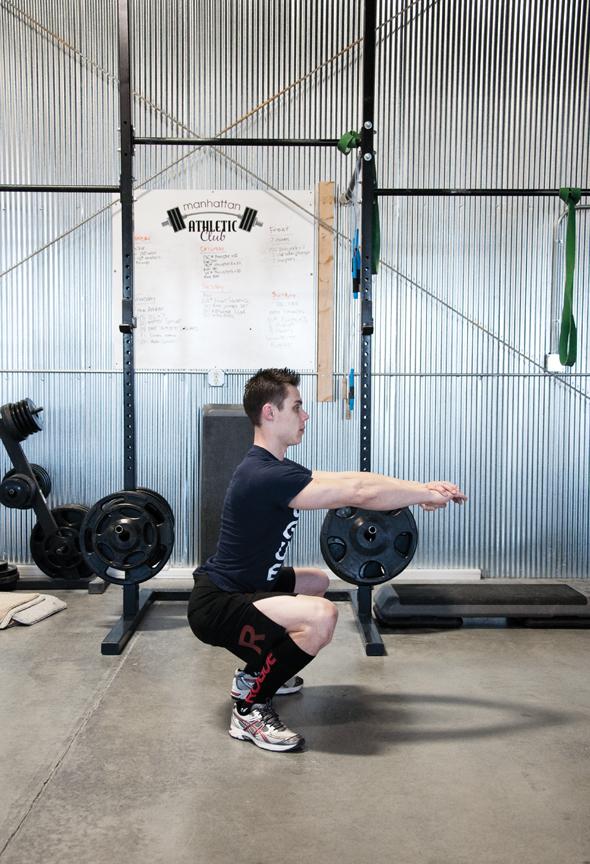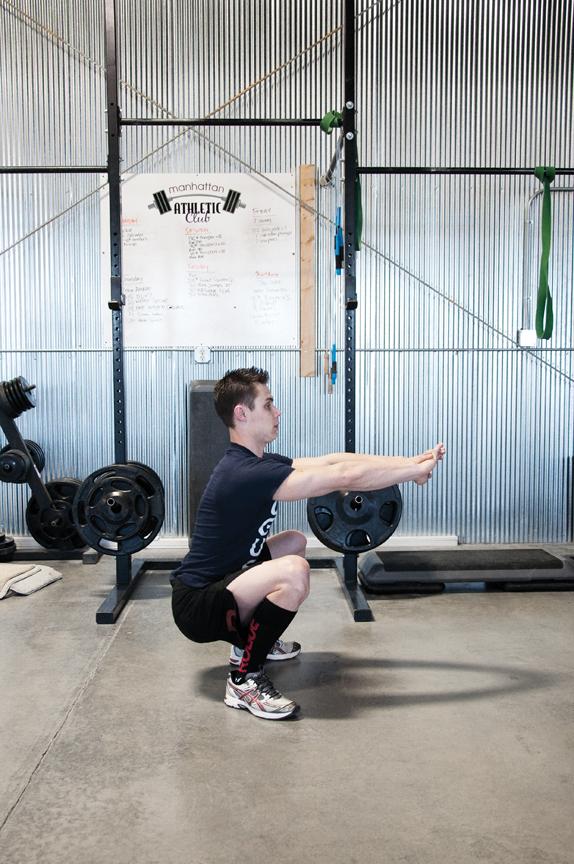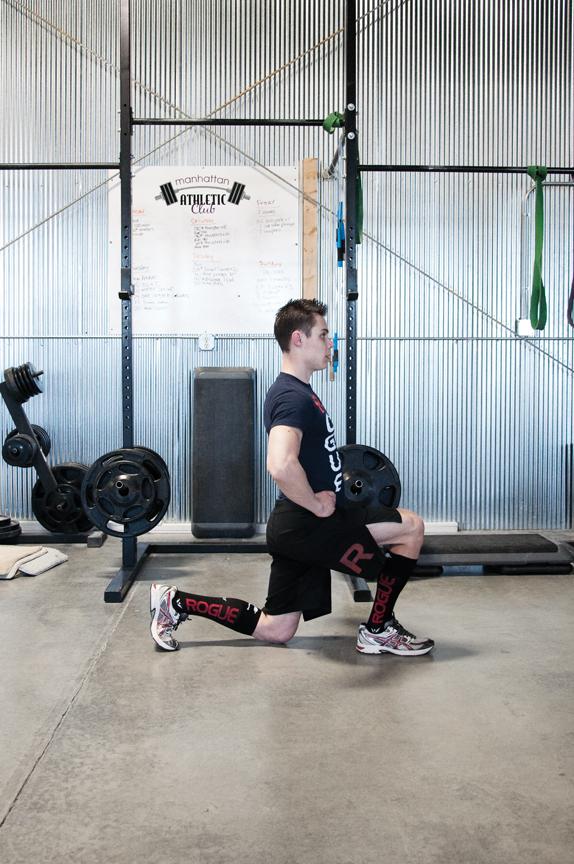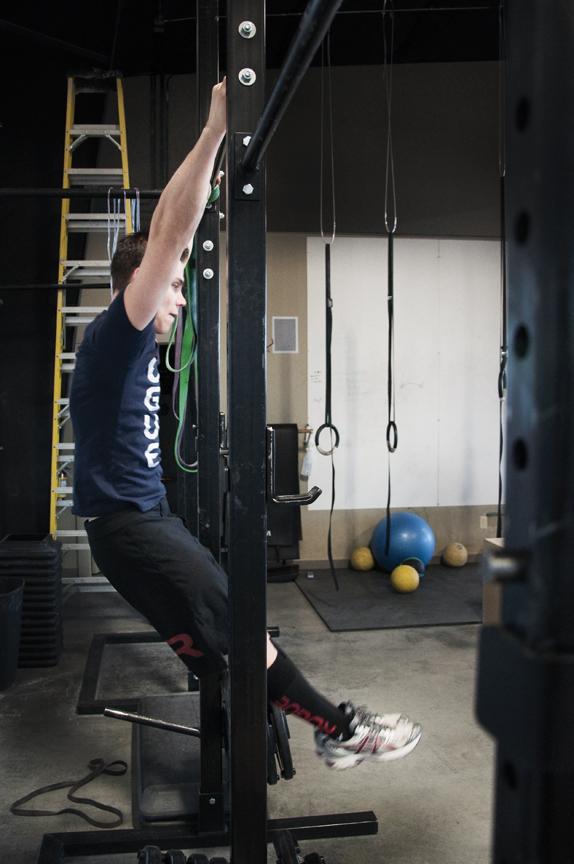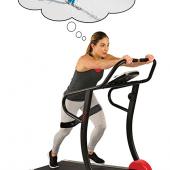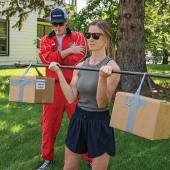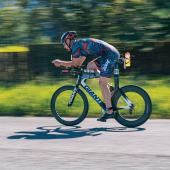Bodyweight Blasters
For those coming out of the winter with a less-than-your-best level of conditioning, we have a few basic exercises that will help you get ready for spring in the great outdoors. Sometimes the simplest exercise is also the most efficient and provides the best return for time spent—the air squat is one of those exercises. The air squat provides you with functional fitness, and when done with intensity, it can also give a little boost to your cardio.
The air squat starts with your stance being just wider than your hips with your toes pointing slightly outward. As you descend, your back should maintain a neutral vertical position, all the while your knees extend out over your toes. The weight should stay on your heels for balance and to help maintain a neutral position in your back. For a full range of motion, try to extend to a horizontal (minimum) position with your quads while maintaining a solid core with arms extended. As your range of motion increases, this will extend to below parallel, all the while not compromising your lumbar. To test your dexterity, simply do as many squats in 20 seconds as you can, and recover for 10 seconds. Those in the CrossFit world recognize this as a Tabata squat. This 20-on/10-off series lasts for nine rounds. To add a little spice to this maneuver, hold in the down position while you recover for ten seconds each round.
The next exercise to help boost your conditioning and strength is a simple lunge. The mechanics of the lunge are very straightforward, but again we will want to maintain a neutral back posture and allow for a full range of motion. As you step through each lunge, keep your hands on your hips, which help maintain a vertical posture. Step through each lunge without stopping at the top (promenading). A good combination of exercises that includes the lunge is the “buttkicker”: three rounds of running 400 meters, doing 35 air squats, and 45 lunges. Be sure to maintain a high level of intensity based on your current level of fitness, and execute a full range of motion for each exercise.
The last exercise we’ll want to include is a simple pull-up. Though basically a strength exercise, this too can get your heart beating by developing a “kip.” The kip allows that you use the “bow and flex” of the hip to help complete the pull-up. Though space is limited to describe the intricacies of the kip, more information is readily available for anyone interested. For those who maintain the kip is cheating, we would simply address the fact that the work being done is the same. What we are concerned with is “power,” which is a function of time. The more work done in a shorter period of time is more power. By utilizing the kip, we are not only increasing our power and efficiency, but also strengthening our core at the same time.
Alan Miller is a certified Level 1 CrossFit Coach and owner of Manhattan Athletic Club.
Photos by Brandon Hoxie

